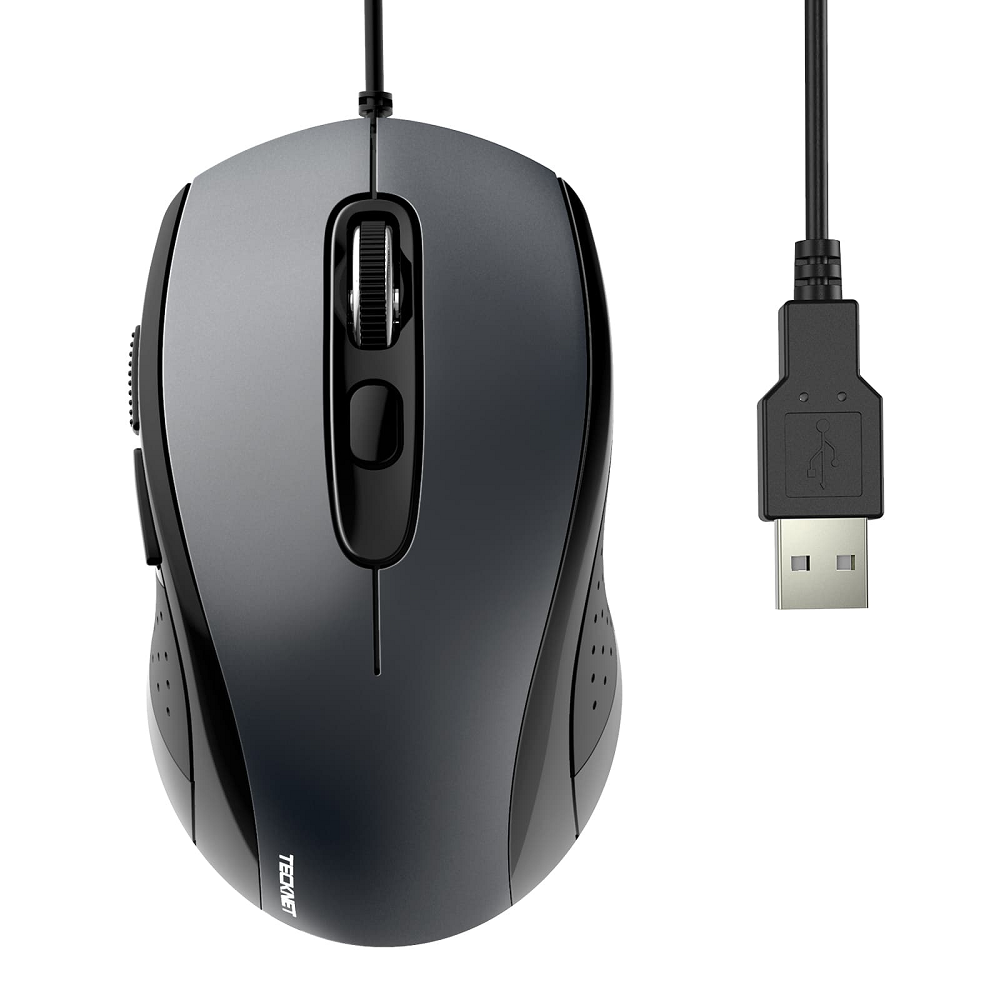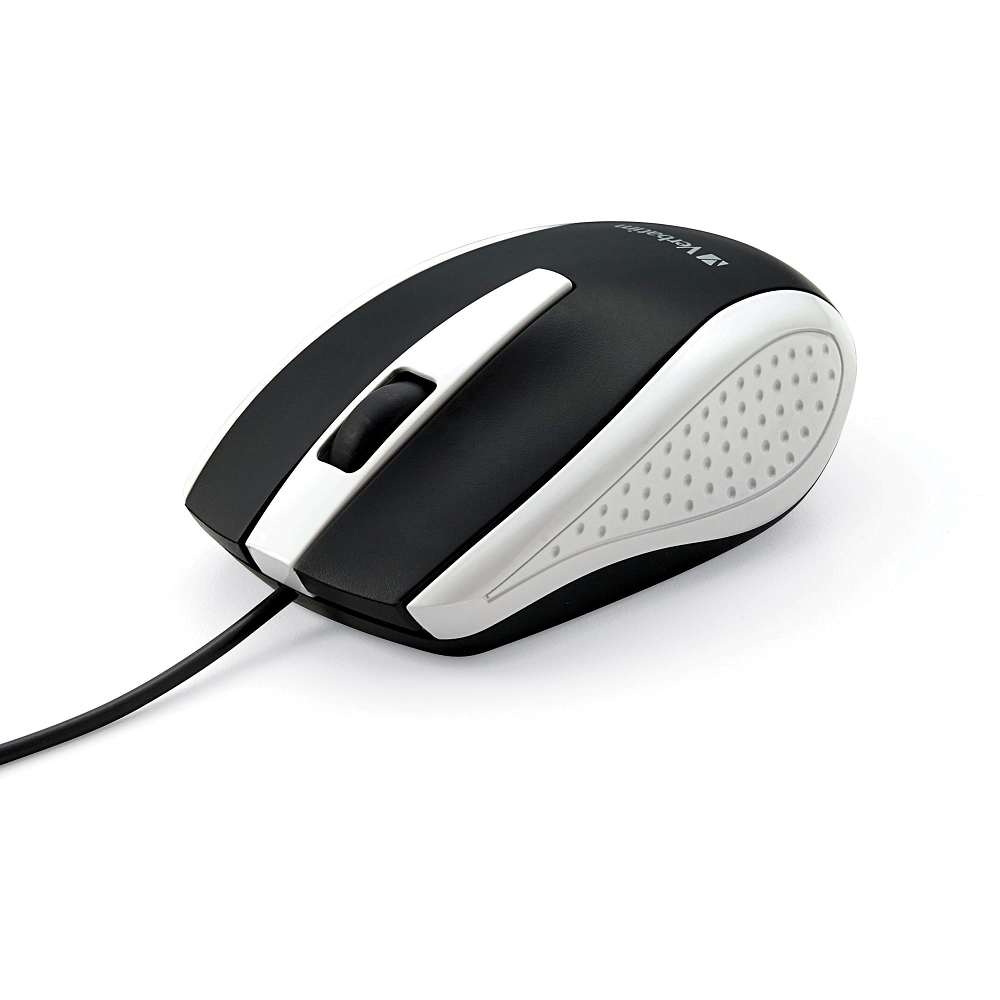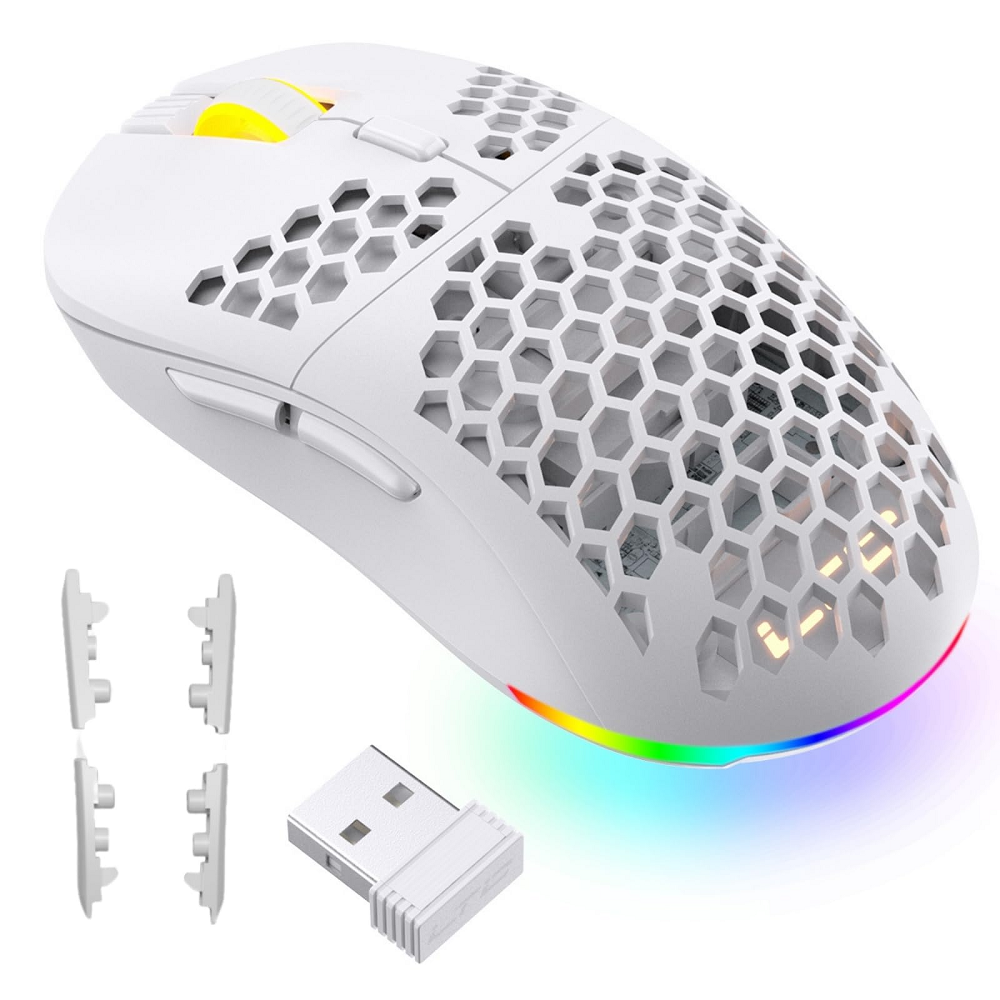Introduction
When it comes to choosing a mouse for your computer, the debate often centers on two main types: wireless and wired. Both types have their pros and cons, and the right choice can depend on various factors like your usage scenario, budget, and personal preference. In this article, we will explore the differences between wireless and wired mice, their respective advantages and disadvantages, and help you decide which one is better for you.

Understanding Wireless Mice
The Basics of Wireless Mice
Wireless mice operate without any cables connecting them to your computer. They typically use radio frequency (RF) signals or Bluetooth technology to communicate with your computer. You may need to plug a small receiver into a USB port on your computer. Once you do this, you can move the mouse freely without worrying about cords. This feature gives you more flexibility. You can use it from a distance or in tight spaces.
Wireless mice come with batteries. These can be rechargeable or disposable, depending on the model. Advanced models often come with features like sleep modes to conserve battery when not in use. Some even allow you to monitor battery levels on your computer.
Benefits of Wireless Mice
One of the most significant advantages of wireless mice is their freedom of movement. Without tangled cords, you can move your mouse wherever you want. This is particularly helpful for people who work in small spaces. You can also keep your workspace tidy, reducing clutter. Many users appreciate the flexibility that a wireless setup provides.
Another benefit is portability. Wireless mice are generally lighter than their wired counterparts. If you often travel or work in multiple locations, you’ll find that a wireless mouse is easier to pack. Many people use them with laptops in coffee shops or during meetings.
Wireless technology has advanced significantly. Nowadays, many wireless mice offer low-latency connections, which are close to the responsiveness of wired mice. Gamers and professionals alike can now enjoy the benefits of wireless without losing performance. The latest chips facilitate quick data transfer, minimizing any lag you might experience.
Drawbacks of Wireless Mice
However, wireless mice come with some downsides. Battery life is one of the most significant concerns. While modern models often boast longer battery lives, you may still find yourself needing to recharge or replace batteries frequently. If you forget to charge your mouse, it may die when you need it most.
Price can be another factor. Wireless mice tend to be more expensive than wired options, especially if you’re looking for advanced features like customizable buttons or ergonomic design. You might find affordable choices, but they may not offer the durability or performance you desire.
Interference can also be an issue. Using a wireless mouse in a crowded environment may lead to connectivity problems. If you’re in an area with a lot of wireless signals, your mouse may have difficulty maintaining a stable connection.
Understanding Wired Mice
The Basics of Wired Mice
Wired mice are connected to your computer using a cable. Most often, the USB connection is the standard and widely used today. Unlike their wireless counterparts, wired mice do not need batteries or charging. You simply plug them into a port, and they are ready to use. This simplicity appeals to many users, as it eliminates the need for additional components.
Wired mice generally have a more extensive range of features, some of which appeal to gamers or professionals needing high precision. They often have better sensors, offering greater accuracy in high-speed movements. They also tend to be more durable, as they have fewer components that can fail.
Benefits of Wired Mice
One of the most significant advantages of wired mice is reliability. You don’t have to worry about battery life, and you can use them as long as they are plugged in. This makes them excellent for heavy users who spend long hours on their computers.
Wired mice also offer faster response times. Because they don’t rely on wireless signals, there’s little to no latency when you move your mouse. This feature is crucial for gamers, who require quick and precise reactions. Wired mice are often viewed as the best option for serious gaming or tasks requiring high levels of precision, such as graphic design.
Wired mice also tend to be more affordable. While there are premium wired options, you can find many budget-friendly models that provide excellent performance. If you’re watching your budget and need a reliable mouse, wired options offer great value.
Drawbacks of Wired Mice
However, wired mice have their drawbacks. The most obvious is the cable itself. Cables can get tangled, snagged, or damaged over time. This can limit your range of movement and create a cluttered workspace. If you often share your computer or use it in a public setting, the cable can become a nuisance.
Another drawback is portability. While some wired mice are compact, they usually require a dedicated space for storage. You may also have to carry the cable, which can be cumbersome, especially when traveling.
Lastly, people often find wired mice less versatile. If you’re used to moving around while using a mouse, a wired model can restrict your movements. This can be a significant disadvantage for users who enjoy a relaxed setup.
Comparing Performance
Accuracy and Responsiveness
When it comes to performance, both wireless and wired mice have their strengths and weaknesses. Wired mice traditionally offer superior accuracy and responsiveness. The direct connection leads to minimal latency, which is essential for activities like gaming or graphic design. Many professionals prefer wired mice for this reason.
That being said, advancements in wireless technology have significantly narrowed the gap. Modern wireless mice have advanced sensors and processors that provide lag-free performance. Brands have invested heavily in this technology. Gamers can use wireless mice without being concerned about performance issues.
Usability and Ergonomics
Usability is another vital aspect to consider. Many wired mice have ergonomic designs that help reduce strain during prolonged use. They are often available in various sizes, making it easier for users to find a comfortable fit.
Wireless mice are also available in ergonomic designs, but the variety may be limited. However, they win in terms of freedom. You can use them on your couch, in bed, or at a café without any restrictions. The ability to work from anywhere is appealing, especially in today’s work-from-anywhere culture.
Durability and Maintenance
Durability is critical when choosing between wired and wireless options. Wired mice generally have a longer lifespan due to fewer electronic components. While the cable may wear over time, the internal hardware tends to be robust.
On the other hand, wireless mice can suffer from battery issues or connectivity problems. Newer models often come equipped with fall-back options, such as a wired mode. However, these features can add to the cost.
Real-World Applications
Desktop Use
For typical desktop use, either mouse type may be suitable. However, wired mice often excel in this environment. If you work from a desktop setup without moving around much, a wired mouse is convenient and hassle-free. You don’t have to worry about batteries or connectivity issues.
Wireless mice are excellent for users who need flexibility. If you frequently move from one location to another, a wireless mouse facilitates this. It allows you to keep your workspace neat and free from clutter.
Travel and Remote Work
Traveling with your computer often necessitates a portable solution. A wireless mouse is lighter and easier to carry. Many wireless models come compact, making them easy to fit into a laptop bag. They offer the freedom to work from cafés, parks, or anywhere you have Wi-Fi access.
Remote workers also find wireless mice advantageous. They can work from various spots in their homes or offices, offering comfort and flexibility. Whether you are sitting on the couch or working at a desk, a wireless mouse adapts to your lifestyle.
Gaming and Professional Use
In gaming, the choice often sways toward wired mice. Gamers demand quick responses and accuracy. Wired mice have long been the gold standard for eSports players and serious gamers. They provide the level of performance that competitive scenarios require.
However, some high-end wireless gaming mice have gained popularity. Features like fast response rates and customizable weights can simulate a wired experience. Many serious gamers now use wireless models without compromising on performance.
Final Thoughts
Which One Should You Choose?
Choosing between a wireless and a wired mouse ultimately comes down to your needs and preferences. If you value freedom of movement, a wireless mouse is likely the better option. The flexibility and portability they provide are significant advantages, especially for people on the go.
On the other hand, if you’re looking for reliability and performance, you might prefer a wired mouse. They are excellent for tasks requiring high precision, like gaming or graphic design. Additionally, their generally lower price point makes them appealing for budget-conscious consumers.
Making an Informed Decision
Both options have their pros and cons, and you should weigh them carefully. Assess your lifestyle, your budget, and how you plan to use your mouse. Test a few models if possible. Comfort and usability often play a vital role in long-term satisfaction.
In the end, understanding your preferences is key to making the best choice between a wireless and wired mouse. Whether you opt for flexibility or reliability, the right mouse can enhance your overall computing experience.


